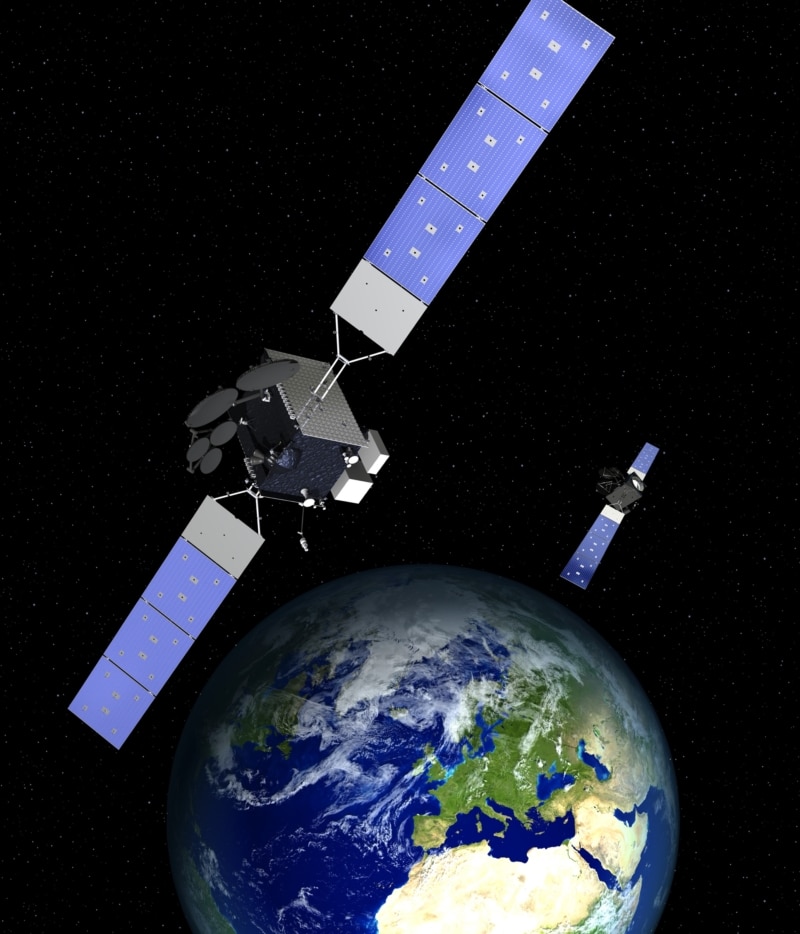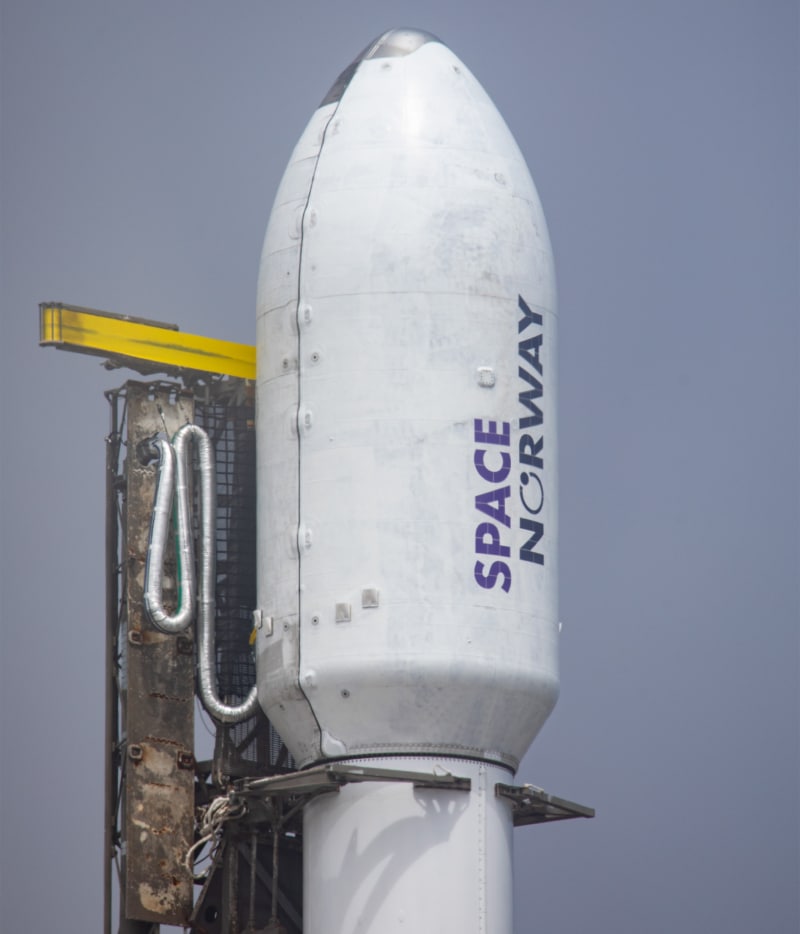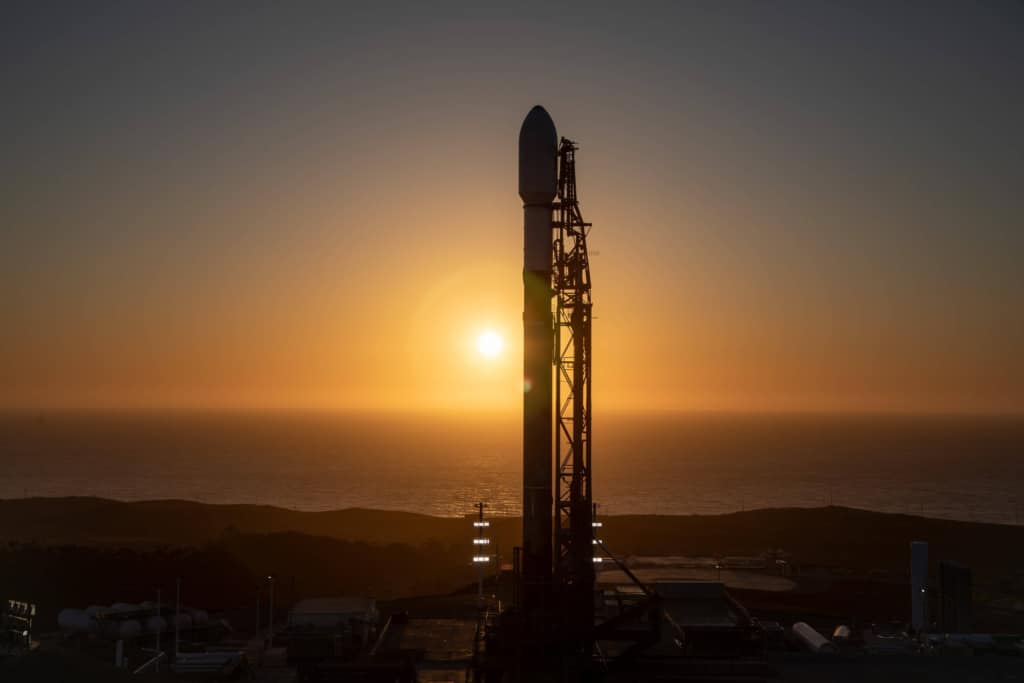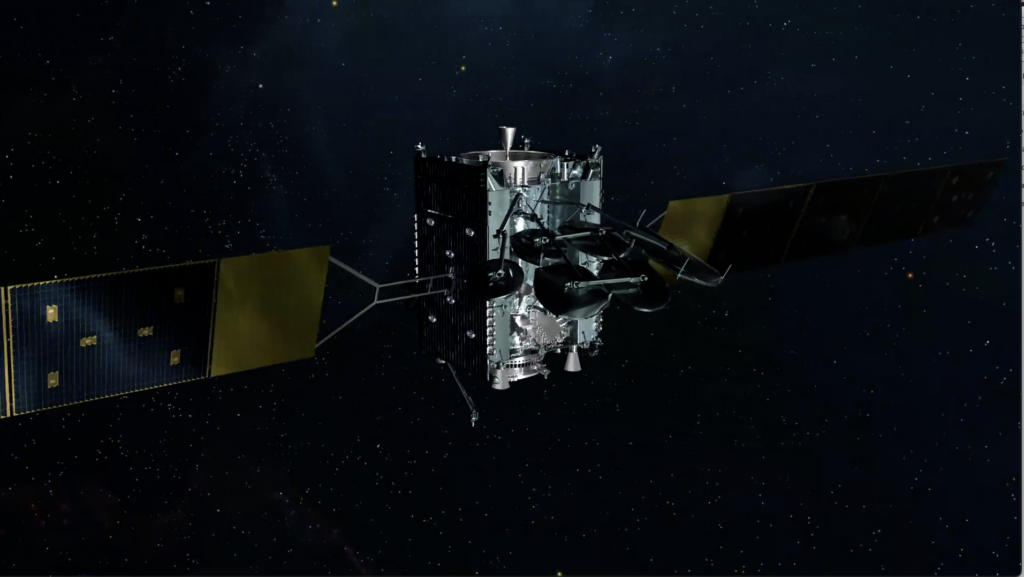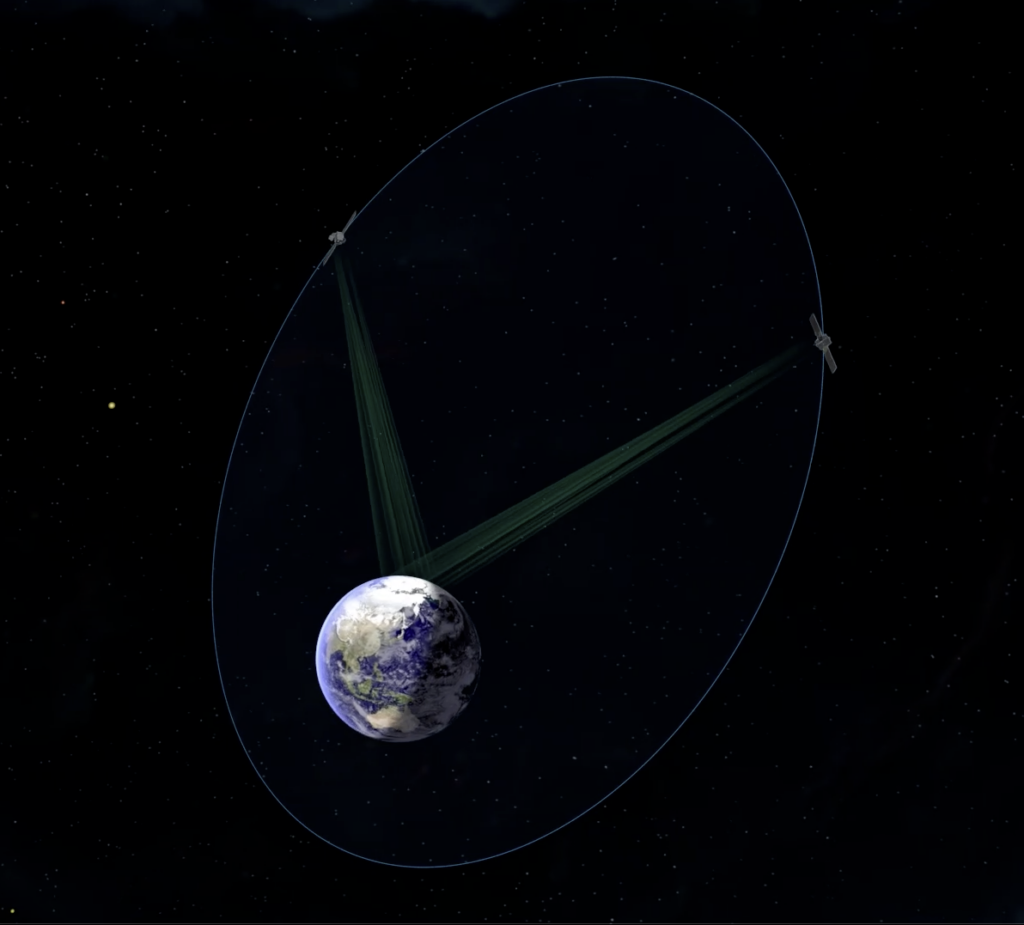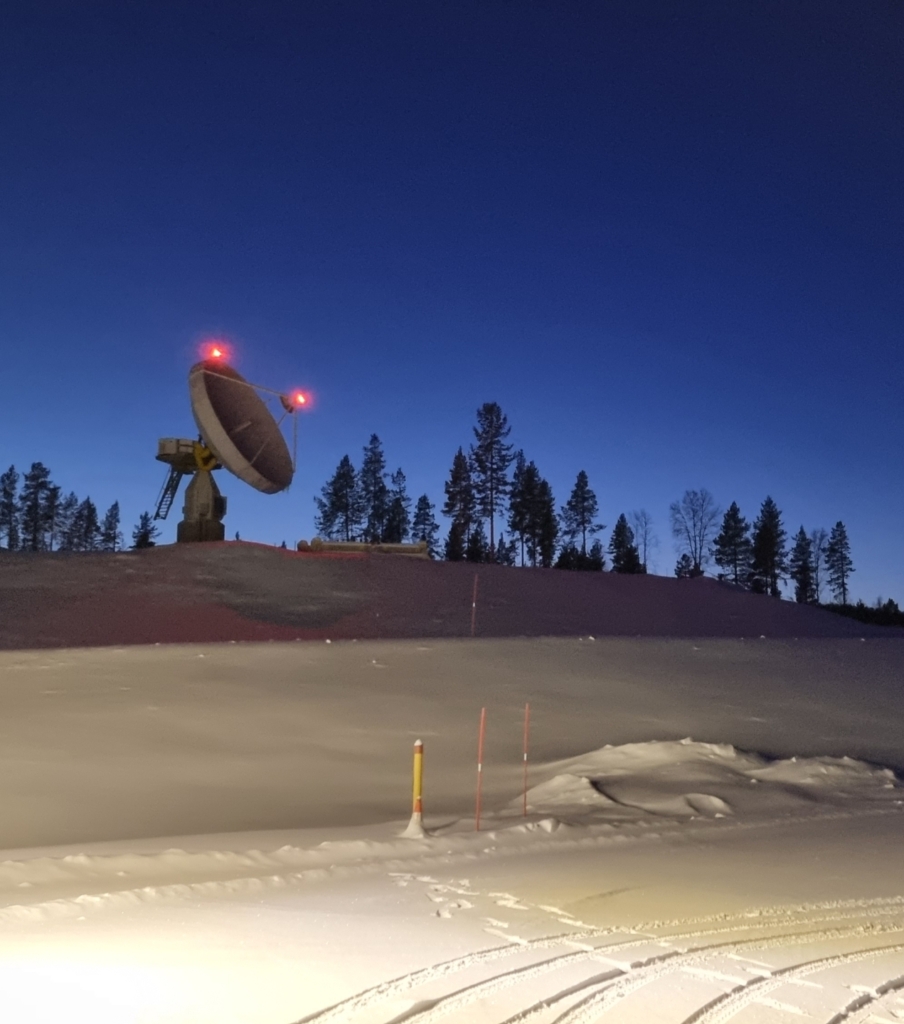Satellite fleet
ASBM 1 & 2
Facts about the satellites
The satellites each weigh around two tons, are approximately 3x3x4 meters in size, and have a wingspan with unfolded solar panels of about 27 meters.
The two satellites were stacked on top of each other in the rocket.
- Launched from Vandenberg, USA, August 11, 2024
- Platform: Northrop Grumman GEOStar3-123-10
- Lifetime: 15 years’ service / 16 years fuel
- Mass – dry weight: 1925 kg and 2030 kg
- Mass – with fuel: 3505 kg and 3695 kg. In total 7200 kg
- Solar panel effect (end-of-life): 7235 W
- Battery capacity: 9910 Wh
- Propulsion: Bi-Prop Transfer Orbit Monoprop On-Orbit Stationkeeping Bi-Prop Orbit Maintenance
- Payloads: X-Band payload Ka-Band payload EPS-R payload NORM radiation monitor
Image gallery
-
Want to know more about our ASBM satellites?
For more information about Space Norway’s ASBM 1 and ASBM 2 satellites and how they enhance Arctic broadband communication needs, please contact us today.

Pioneering Arctic communication
The ASBM satellites from Space Norway deliver dependable, high-speed internet connectivity to the Arctic. View the story behind this ground braking project. See the key personnel explain the work and the thoughts behind ASBM.
